Collecting petunia seeds from the spent flowers is an easy way to propagate new plants for your garden.
Save the seeds from your best performing petunia varieties so you’ll have plenty of seeds to plant the following year.
In this article I’ll show you step by step how to collect seeds from your petunia flowers.
This post contains affiliate links. Please read the disclosure for more info.
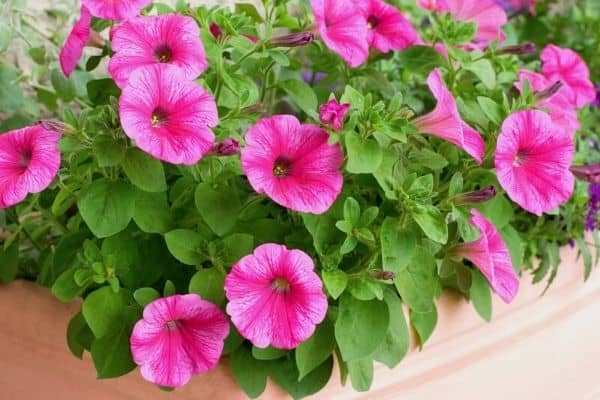
Petunias (Petunia × atkinsiana) are easy to grow annual flowers that need little maintenance and they’re ideal for garden beds, containers and hanging baskets.
Petunias bloom from spring through autumn and they’re available in a wide variety of colors.
There are many different types of petunias including Wave petunia, Grandiflora and Multiflora and the process of collecting and saving the seeds is the same for all petunia varieties.
How to collect petunia seeds
Collecting seeds from petunia flowers can be a bit difficult because the seeds are very tiny.
After the plants have finished blooming, leave a few flowers on the plant until they turn brown.
You can place a small drawstring bag over the flower and pull the drawstrings tight or cut the flowers off with a pair of scissors and place them in a paper bag to allow them to dry out.
Leave the paper bag in a cool, dry place for about two weeks.
The seed pod will split open and release the seeds once the flowers are fully dried.
Store the seeds in an envelope or small paper bag and write the date and type of seeds on the front.
Petunia seeds can be stored in a cool dry place for up to five years.
Now that you know how to collect petunia seeds, the next step is learning which conditions are best for their germination.
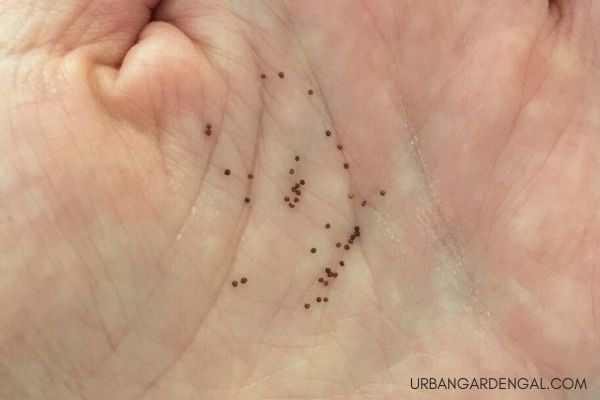
Planting petunia seeds
Petunia seeds can be started indoors 8 to 10 weeks before planting out in the garden.
To start new petunia plants from the seeds you’ve collected, use a potting mix that is well draining and contains some perlite or sand.
Sow the seeds on top of the soil surface and keep it moist until they germinate.
Using a spray bottle to gently mist the soil is the best way to water them.
Petunia seeds are tiny so if you plant them too close together you can always thin them out later.
The seeds should germinate in 10 to 14 days.
Transplant the petunia seedlings out to the garden or into larger pots when they reach two inches (5 cm) tall.
If you live in a cool climate you’ll need to wait until the risk of frost has passed before planting the seedlings outdoors.
Petunias grow best in a spot that receives at least 5 to 6 hours of sunlight each day. [1]
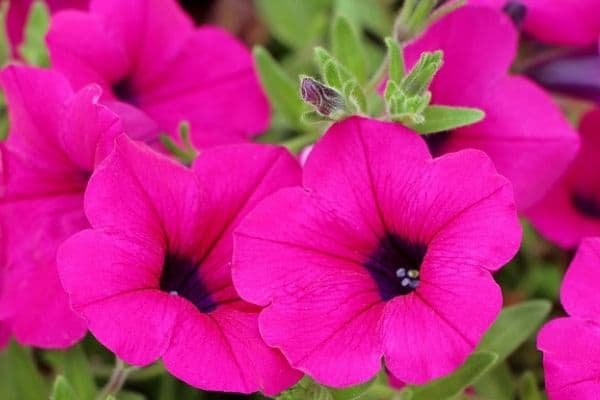
Caring for seed grown petunia plants
Petunias will benefit from the application of a liquid plant food every two weeks while they’re in bloom.
You’ll need to remove the spent flowers regularly once petunia plants start flowering to keep them looking tidy.
This will also extend the bloom time and reduce the risk of disease.
Petunias are susceptible to several pests including aphids, whitefly, spider mites and thrips.
You can use insecticidal soap or horticultural oil to control these pests on your petunias.
Petunia seeds can be harvested when the plants die back in fall, although you should leave some for reseeding if you’d like to have more plants in the same spot the following year.
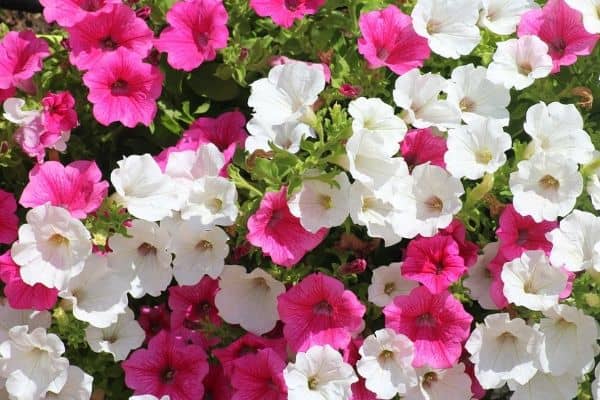
RELATED ARTICLES
- How to Grow Petunias in Window Boxes
- How to Collect Lobelia Seeds
- 10 Beautiful Large Flowers
- How To Collect Agapanthus Seeds
So there are my tips for collecting, storing and planting petunia seeds.
I hope this article was useful for you. I wish you all the best with growing your petunias and collecting those tiny seeds!
Do you collect the seeds from your petunia plants? Let me know in the comments below.
Are you on Pinterest? I have boards dedicated to Flower Gardens and Garden Ideas that you may find interesting. You can also find me on Facebook.

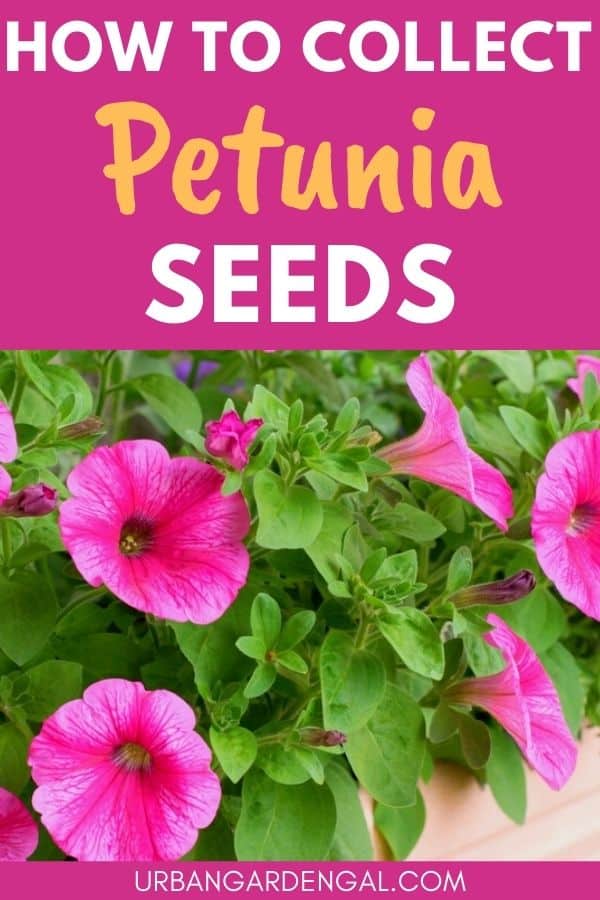
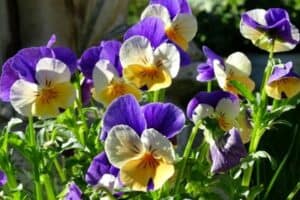
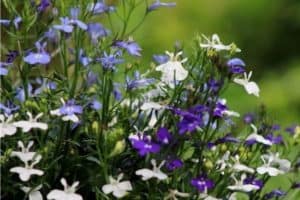
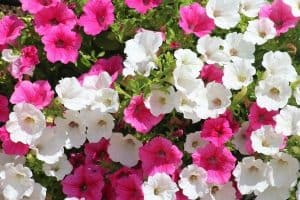
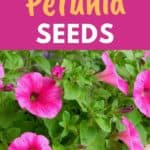
What a wonderful article…..thank you for sharing.
Thanks Don, I’m glad you found it helpful!